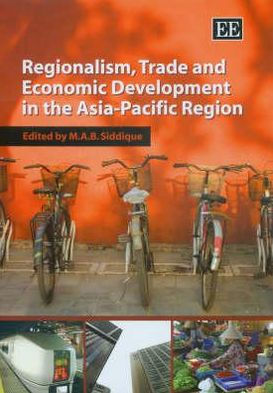The internationally acclaimed contributors examine the theoretical perspective of RTAs in relation to exchange rates, the role and goals of the WTO and agriculture. The tensions and trade frictions resulting from the formation of trade blocs and their conflicts with the roles and goals of the WTO are also examined in the book. Those economies that are considered the economic powerhouses of the region including China, Japan, South Korea, major ASEAN countries and Australia are discussed in depth. The findings of the book suggest that RTAs are becoming increasingly popular in the Asia-Pacific region. However the associated costs and benefits depend on a number of complex factors including exchange rates, negotiation skills, the sectors included or excluded from the RTA, and the level of economic development of the nations signing the RTAs.
The book will be particularly useful to academics, researchers, consultants, students, policy makers (including trade negotiators), and practitioners involved in trade and development in the Asia-Pacific region.
The internationally acclaimed contributors examine the theoretical perspective of RTAs in relation to exchange rates, the role and goals of the WTO and agriculture. The tensions and trade frictions resulting from the formation of trade blocs and their conflicts with the roles and goals of the WTO are also examined in the book. Those economies that are considered the economic powerhouses of the region including China, Japan, South Korea, major ASEAN countries and Australia are discussed in depth. The findings of the book suggest that RTAs are becoming increasingly popular in the Asia-Pacific region. However the associated costs and benefits depend on a number of complex factors including exchange rates, negotiation skills, the sectors included or excluded from the RTA, and the level of economic development of the nations signing the RTAs.
The book will be particularly useful to academics, researchers, consultants, students, policy makers (including trade negotiators), and practitioners involved in trade and development in the Asia-Pacific region.

Regionalism, Trade and Economic Development in the Asia-Pacific Region
256
Regionalism, Trade and Economic Development in the Asia-Pacific Region
256Hardcover

Product Details
| ISBN-13: | 9781845425036 |
|---|---|
| Publisher: | Edward Elgar Publishing |
| Publication date: | 03/26/2007 |
| Pages: | 256 |
| Product dimensions: | 6.12(w) x 9.25(h) x 1.00(d) |
